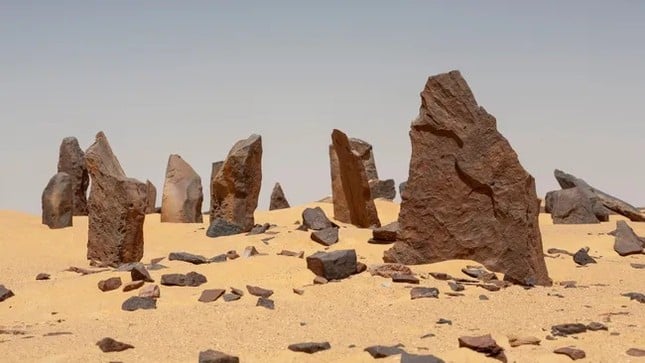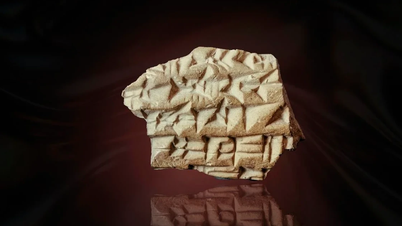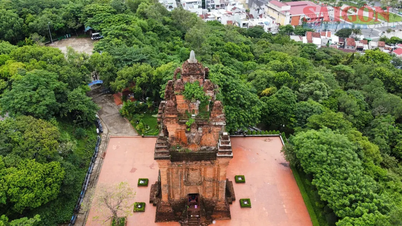TPO - Nabta Playa in Egypt is an ancient stone circle that researchers suspect was used to determine the summer solstice, signaling the coming rain.
 |
The 7,500-year-old Nabta Playa Observatory may be the oldest known astronomical observatory. (Photo: Mike P Shepherd / Alamy Stock Photo) |
Nabta Playa, 2,000 years older than Stonehenge, may have been one of the earliest astronomical observatories. Today, its keystones are in a museum in Aswan to protect them from vandalism.
But originally, Nabta Playa consisted of dozens of vertical stones, each several meters high, in the desert about 100 kilometers west of the Nile.
In addition to a pile of stones above the central tomb, many of the stones appear to have been deliberately placed in a circular pattern to align with the rising directions of certain stars.
The six stones inside the circle may have been used in ceremonies or to mark important arrangements. These inner stones are surrounded by 29 standing stones which some researchers believe formed a primitive calendar.
Excavations of the central tomb in 2001 uncovered no human remains, but did uncover the complete skeleton of a cow. This, along with other evidence, suggests that Nabta Playa was built by ancient people who depended on seasonal grazing between the lakes.
Researchers believe that special rocks on the calendar circle may have signaled the rising sun on the summer solstice, a signal to Stone Age people that rain would soon come to replenish the lakes.
It is also believed that the three central stones represent the "belts" of Orion, and several stones mark the seasonal risings of the bright stars Arcturus, Sirius, and Alpha Centauri.
According to Live Science
Source: https://tienphong.vn/vong-tron-da-bi-an-o-ai-cap-co-the-la-dai-quan-sat-thien-van-lau-doi-nhat-the-gioi-post1680803.tpo







![[Photo] Party Committees of Central Party agencies summarize the implementation of Resolution No. 18-NQ/TW and the direction of the Party Congress](https://vphoto.vietnam.vn/thumb/1200x675/vietnam/resource/IMAGE/2025/10/27/1761545645968_ndo_br_1-jpg.webp)




























































































Comment (0)